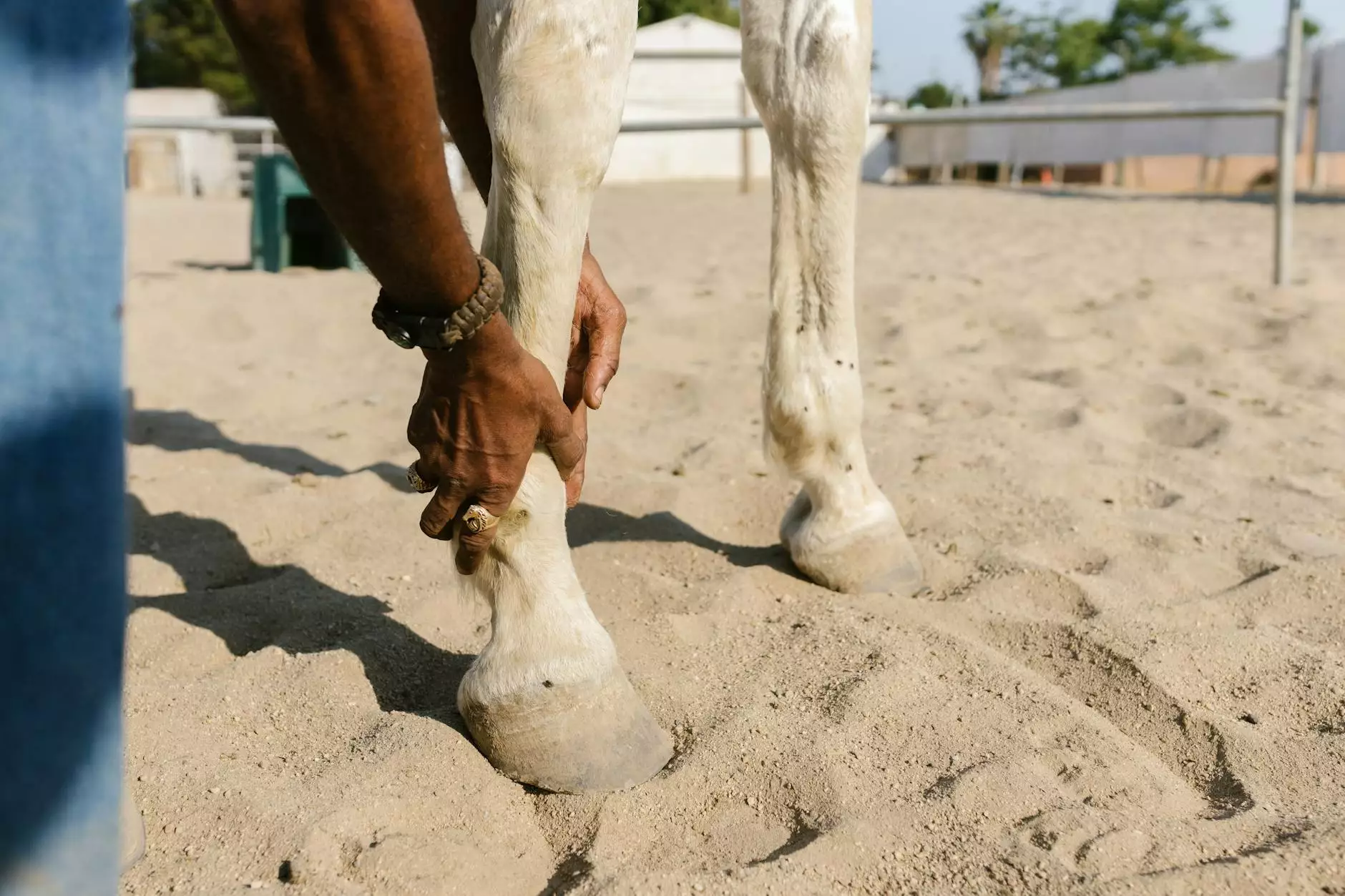Mastering the Art: How to Draw the Mexican Eagle

The Mexican eagle, a symbol of strength and freedom, is a beloved representation in Mexican culture, prominently featured in the national emblem. Learning how to draw the Mexican eagle not only allows artists to appreciate its majestic beauty but also becomes an excellent exercise in drawing techniques. In this detailed guide, we will delve into the various steps and tips necessary to successfully create a stunning depiction of the Mexican eagle. Whether you're a beginner or an experienced artist, this guide aims to enhance your drawing skills while paying homage to a significant cultural icon.
The Importance of the Mexican Eagle
The Mexican eagle, perched on a prickly pear cactus, devouring a serpent, has deep roots in Mexican heritage. It symbolizes:
- Strength: The eagle represents power and courage.
- Freedom: Flying high, it embodies liberty.
- Identity: It's a source of national pride for Mexicans.
Gathering Your Materials
Before diving into the drawing process, it’s essential to gather the proper materials:
- Pencils: A range of pencils (HB, 2B, 4B, and 6B) for sketching and shading.
- Eraser: A kneaded eraser is ideal for subtle corrections.
- Paper: Choose good quality drawing paper or a sketchbook.
- Reference Images: Have images of the Mexican eagle handy for accurate portrayal.
- Finishing Tools: Colored pencils or markers for adding color if desired.
Step 1: Setting Up Your Workspace
Your workspace should be comfortable and well-lit. Position your reference images where you can easily see them. Arrange your materials to minimize distractions and allow for free-hand movement. With a clean and organized workspace, you’ll feel more inspired to begin your artistic journey.
Step 2: The Basic Outline
Start by lightly sketching the basic shapes that represent the eagle. This initial phase is crucial for getting the proportions right:
- Body Shape: Use soft curves to shape the body and wings of the eagle. A general oval shape for the body will work as a foundation.
- Head and Beak: Draw a smaller circle for the head and a pointed shape for the beak, ensuring the beak is proportionate to the head.
- Wings: Sketch outlines for the wings extending from the body. Note their broad reach and unique feather texture.
- Claws and Tail: Begin outlining the feet with sharp claws, and sketch the tail feathers flowing elegantly behind.
Tip: Use light pencil pressure to ensure these initial sketches can be easily erased and refined later.
Step 3: Adding Details
Once the basic outline is complete, it's time to infuse life into your drawing with intricate details:
- Eyes: Focus on the eyes—they are the window to the soul. Capture the intensity by filling in the iris and adding reflections.
- Feathers: Start detailing the feathers. Pay attention to the layering and texture; use short lines to express each feather's distinct shape.
- Beak and Claws: Ensure the beak retains its sharp look. Add curvature to the claws to emphasize the eagle's predatory nature.
Step 4: Refining the Sketch
Review your drawing for any disproportionate areas and refine these as needed:
- Eraser Work: Carefully erase unnecessary lines from the initial outline while ensuring you maintain the refined details.
- Darkening Lines: Use a sharper pencil (2B or 4B) to enhance the outlines of your drawing, accentuating the significant features like the beak and wings.
Step 5: Shading Techniques
Shading is crucial for creating depth and texture in your artwork. Here’s how to approach it:
- Identify Light Sources: Understand where the light falls on the eagle and use this as a guide for your shading.
- Layering: Apply light layers of pencil first (using 2B or 4B). Gradually build up to darker tones (6B) to create depth.
- Blending: Consider using a blending stump or tissue for smooth transitions between light and dark areas, especially on the body and wings.
Step 6: Adding Color (Optional)
If you choose to add color, the vibrant hues can bring your drawing of the Mexican eagle to life:
- Color Palette: Use colors representative of the eagle’s natural coloring—rich browns, golden yellows, and even deep reds for dramatic effect.
- Layering Colors: Just as with shading, start light and build up darker colors for richer tones.
- Highlights: Consider using white or a light color to add highlights on the feathers and beak.
Step 7: Final Touches
Finally, step back and review your artwork:
- Correcting Errors: Look for any uneven areas or parts that need correction.
- Sign Your Artwork: Never forget to sign your work. This signifies your effort and adds a personal touch.
Conclusion
Drawing the Mexican eagle is not only a fulfilling artistic endeavor but also a celebration of an important cultural symbol. By following these detailed steps, you have equipped yourself with the tools and techniques necessary to create a remarkable representation of this iconic bird. Remember that practice makes perfect, and each attempt will only refine your skills further. Embrace the challenge, unleash your creativity, and enjoy the process of creating your own masterpiece!
Further Resources
For those looking to improve their drawing skills even more, consider exploring the following resources:
- Skillshare - Online Art Classes
- Udemy - Drawing Courses
- YouTube Artistic Tutorials
By incorporating these techniques and resources, you’ll be well on your way to mastering how to draw the Mexican eagle and enhancing your overall artistic capability. Happy drawing!









